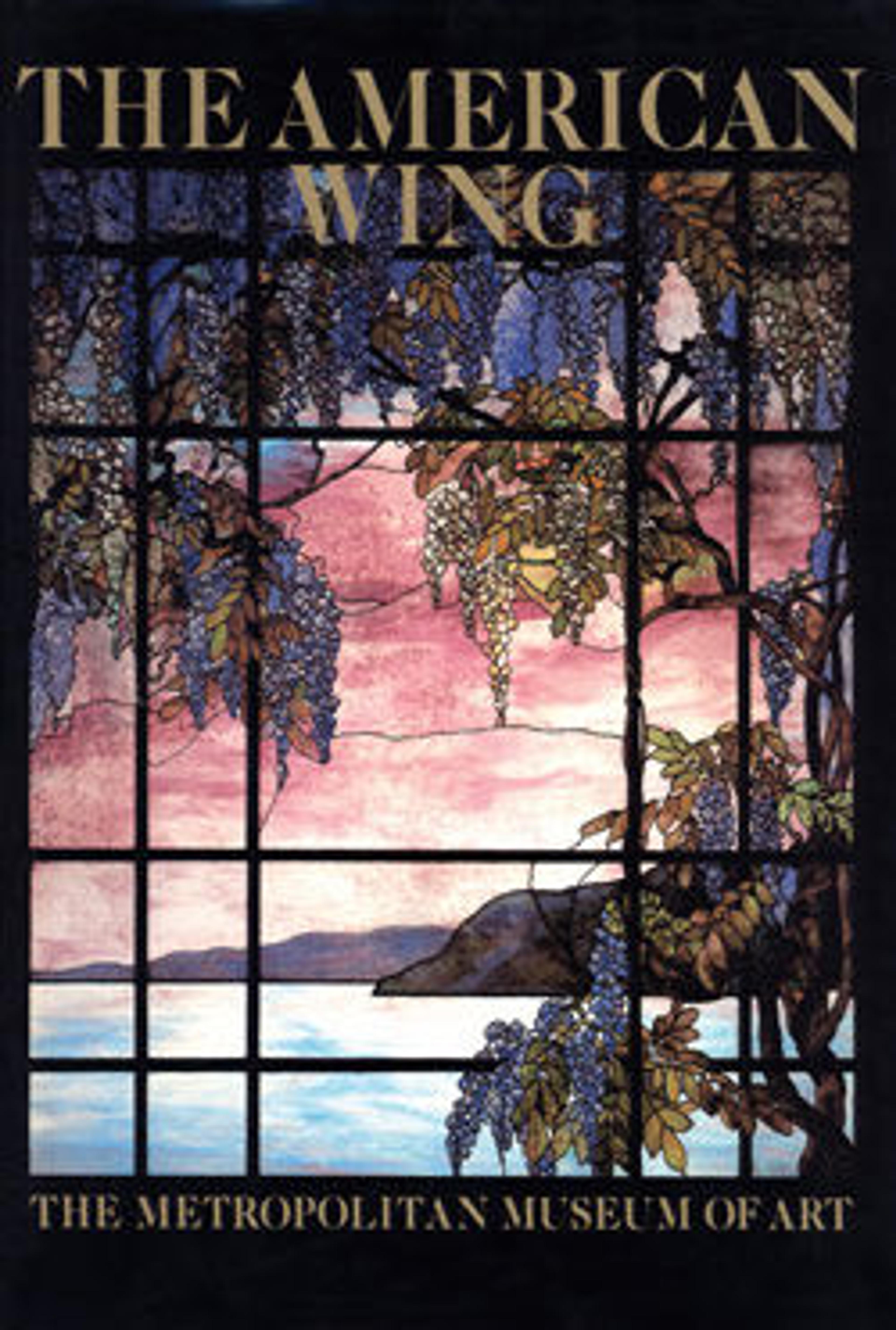Window from the J. C. Cross House, Minneapolis, Minnesota
This window, one of three in the Museum's collection (1972.20.1-.3), were part of an extensive remodeling of the J. G. Cross House by the firm Purcell, Feick and Elmslie in 1911. Architectural drawings show that they were designed en suite with a leaded-glass front-door window and a transom window, indicating that the decorative program was employed throughout the house. The abstracted stretched-pelt motif flanked by leaflike crescents was not limited to the windows but repeated in other architectural features, including pierced-wood elements designed for the exterior. This strand of stylized naturalism, depicting the processes of germination and growth, is rooted in the decorative work of Louis Sullivan (1856–1924), with whom Elmslie worked before joining Purcell and Feick, and strongly relates to contemporary designs by Frank Lloyd Wright (1867– 1959) and Charles Rennie Mackintosh (1868–1928).
Artwork Details
- Title:Window from the J. C. Cross House, Minneapolis, Minnesota
- Designer:Designed by George Grant Elmslie (American, Aberdeenshire 1871–1952 Chicago, Illinois)
- Manufacturer:Manufactured by Purcell, Feick and Elmslie (1909–13)
- Date:1911
- Geography:Made in Minneapolis, Minnesota, United States
- Culture:American
- Medium:Glass
- Dimensions:63 x 15 in. (160 x 38.1 cm)
- Credit Line:Gift of Roger G. Kennedy, 1972
- Object Number:1972.20.2
- Curatorial Department: The American Wing
More Artwork
Research Resources
The Met provides unparalleled resources for research and welcomes an international community of students and scholars. The Met's Open Access API is where creators and researchers can connect to the The Met collection. Open Access data and public domain images are available for unrestricted commercial and noncommercial use without permission or fee.
To request images under copyright and other restrictions, please use this Image Request form.
Feedback
We continue to research and examine historical and cultural context for objects in The Met collection. If you have comments or questions about this object record, please contact us using the form below. The Museum looks forward to receiving your comments.
